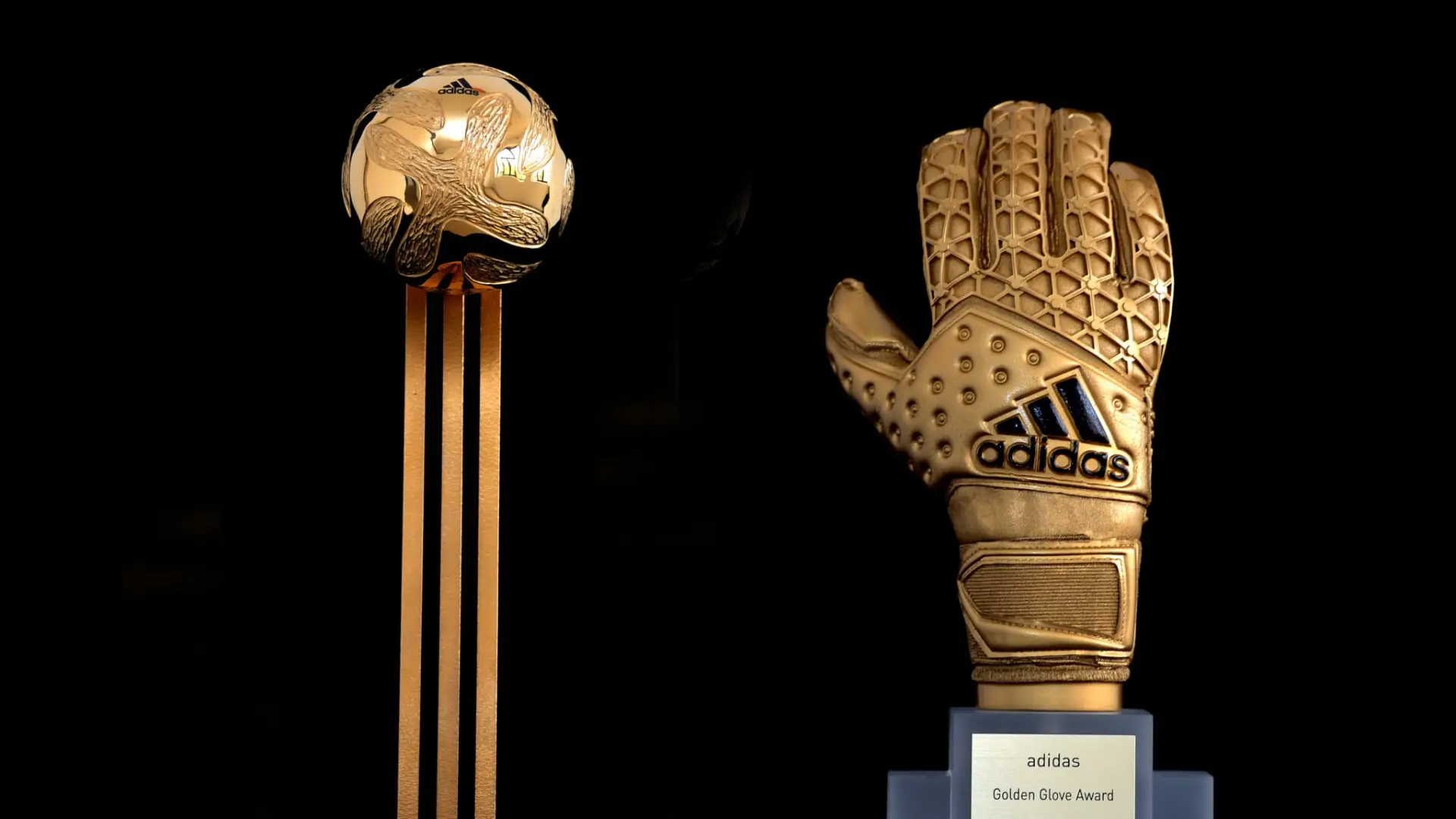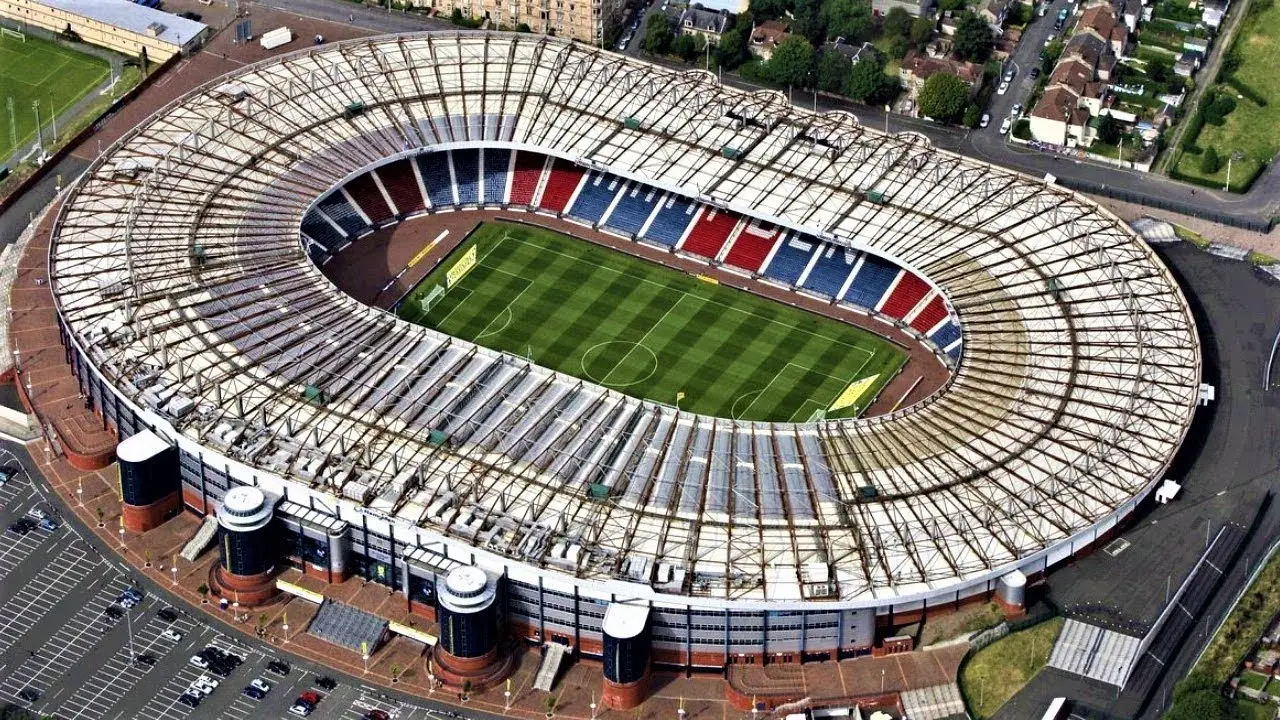There are two key organisations behind major football events: FIFA and UEFA. But what are their differences? FIFA is the world’s football federation. It manages football on a global level, organises World Cups and sets the rules of the game. UEFA, in turn, controls European football. This organisation is responsible for club tournaments, allocates finances and determines the strategy for the development of football in Europe.
Studying the history, structure and working principles of these organisations shows what tasks they solve and how they influence the development of football in the world.
In this article, we will go into more detail about the differences between FIFA and UEFA.
Giants of the football scene
FIFA is the largest international organisation, regulating all aspects of football in 211 countries. Its main aim is to organise competitions like the World Cup. Developing uniform rules and ensuring the improvement of the sport at all levels. Its influence spans the globe, including national leagues, player transfers, and the development of children’s and amateur football.
UEFA is Europe’s largest football organisation and is responsible for key European competitions, including the Champions League, Europa League and European Championship. Unlike FIFA, UEFA’s influence is limited territorially. Its financial flows and economic impact are much higher due to high revenues from broadcasting and sponsorship contracts.
The history of FIFA: from 7 countries to a football empire
The founding of the federation in 1904 was a turning point in the history of the game of football. The first members were France, Belgium, Denmark, the Netherlands, Spain, Switzerland and Sweden. In 1930, the first World Championships were held, which established the organisation as the main regulator of international competitions. It was gradually joined by state associations from Asia, Africa and South America. This has turned FIFA into a global force.
It now controls major international competitions, including the Club World Cup, the Confederations Cup and the youth championships. Its influence extends not only to football, but also to the economy: the organisation’s revenues run into billions of dollars, much of which is distributed to national associations for the growth of football infrastructure.
The history of UEFA: Europe’s answer to world football
The creation of this regulatory body in 1954 was a response to the need to unite European football federations. Initially, the organisation focused on the European Championship, but over time its sphere of influence expanded. In 1992, the Champions Cup was reformed to become the modern Champions League, Europe’s premier club tournament.
UEFA’s economic clout has grown significantly thanks to revenues from sponsorship contracts and television broadcasting rights. Unlike FIFA, which finances the expansion of football worldwide. The organisation focuses on European clubs and national teams, distributing budgets according to their participation in championships.
Membership of regulatory bodies: who gets into football’s elite
 All state football leagues are members of FIFA, regardless of the level of promotion of the sport in the country. Membership in the organisation entitles them to participate in international competitions, including the World Cup and continental tournaments. Each receives funding, distributed according to the economic situation of the region and success in sports development.
All state football leagues are members of FIFA, regardless of the level of promotion of the sport in the country. Membership in the organisation entitles them to participate in international competitions, including the World Cup and continental tournaments. Each receives funding, distributed according to the economic situation of the region and success in sports development.
UEFA only includes European football organisations, which limits its impact. However, membership in the organisation allows national teams and clubs to participate in prestigious European tournaments, which generates significant revenue and raises the profile of football in the region.
Football Federation Union of Federations: who decides the fate of the game
FIFA controls global competitions, including the World Cup and Olympic tournaments. Funding is distributed to public organisations. It promotes the sport in regions with a low income position. It also deals with the development of new rules, the introduction of technology (VAR) and the fight against corruption.
UEFA focuses on European club football, regulating transfers, licensing and financial fair play. It controls club competitions, making it a key player in the football economy.
The main differences between the football organisations FIFA and UEFA
FIFA and UEFA, despite having similar objectives, have different functions. Both have unique achievements in football. Their activities are aimed at regulating, financing and promoting the sport on a global and continental level.
FIFA’s operating criteria:
- Organising and hosting the World Cup, the largest international tournament involving national teams.
- Developing and monitoring compliance with international rules approved by the International Football Association Board (IFAB).
- Funding for the development of the sporting game in regions with low levels of infrastructure, including Africa, Asia and Latin America.
- Supporting government organisations and their programmes to develop youth football and women’s competitions.
- Monitoring transfer policy at a global level and setting standards for the football industry.
UEFA’s performance criteria:
- Organising the Champions League, Europe’s premier club tournament attracting the continent’s best teams.
- The introduction of a financial fair play system to regulate club spending and ensure their financial sustainability.
- Redistribution of revenues to clubs participating in the Champions League and Europa League, thus strengthening European football.
- Licensing clubs and establishing strict regulations for the management of teams, coaches and players.
- Introducing technology and standards in the European football industry, including video assisted refereeing (VAR) and reforming the European Cup system.
The differences between FIFA and UEFA: what you need to remember
 FIFA and UEFA play a key role in world football, but have different jobs. FIFA sets the global rules and strategises the growth of the sport around the world. UEFA focuses on European clubs and competitions and shapes the financial policies of the games. Understanding the differences between the regulatory organisations helps to understand who governs football and the mechanisms that influence its progress.
FIFA and UEFA play a key role in world football, but have different jobs. FIFA sets the global rules and strategises the growth of the sport around the world. UEFA focuses on European clubs and competitions and shapes the financial policies of the games. Understanding the differences between the regulatory organisations helps to understand who governs football and the mechanisms that influence its progress.
 en
en  ru
ru  de
de  ar
ar  es
es  nl
nl  hi
hi  fr
fr  it
it  pt
pt  el
el 


